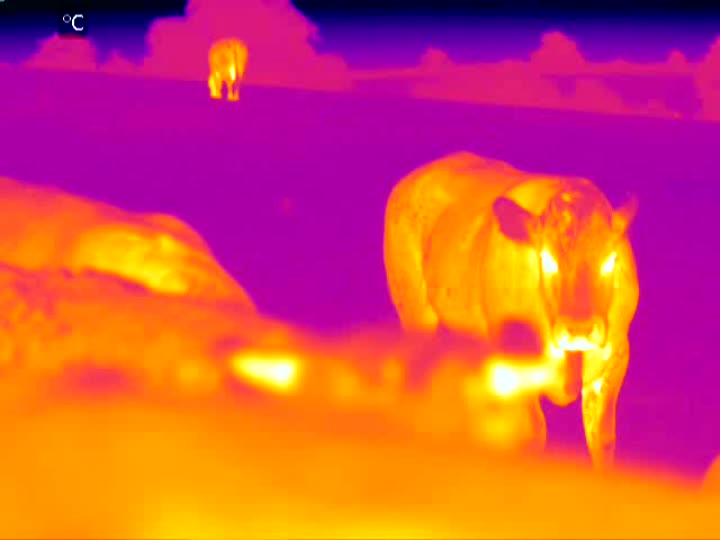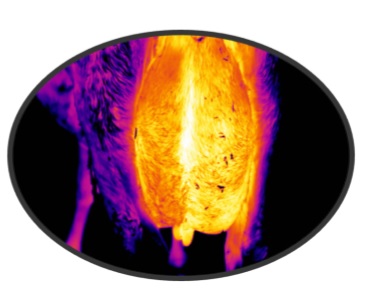
Thermal imaging technology can help dairy farmers considerably improve dairy health, and become more cost and time efficient year on year, writes guest writer Chloe Hashemi.
Thermal imagers, (also known as thermal imaging cameras or infrared cameras) are sensing devices which display a visual representation of infrared energy emitted by living beings or objects.
Infrared radiation is invisible to the naked eye, but can be felt as heat if strong enough. Thermal imagers not only display this energy, but show the real time distribution of the heat.
This is a highly valuable diagnostic tool, as those viewing these thermal images can immediately spot any anomalies or irregular distributions, which, depending on the context can have various implications.
Using these cameras though can help diagnosticians act on these issues before they have a chance of worsening.
How can thermal imaging technology help dairy farmers?
As a majority of present day dairy farmers use machinery to milk lactating animals, it is harder to spot issues with individual animals.
More old-fashioned milking methods allowed a more straight-forward diagnosis of one of the biggest problems in modern dairy farms; Mastitis.
Swedish company Agricam who provide herd management systems have developed a product that can directly tackle this problem. This product is called the AgriCam CaDDi Mastitis.
Thermal imaging cameras can directly detect the early signs of Mastitis as the disease is identified through a rise in temperature in the udder, which is triggered by increased blood flow- a common sign of inflammation.

Thermal imaging cameras are placed at the entrance to the parlour, and have the capability of viewing the entire udder while the cow walks through.
There is no need for the animals to stop and be checked, as a result productivity is not interrupted.
The technology is also non-invasive, avoiding any irritation and unnecessary stress for the animal.
The animal just needs to be approximately 0.5-5 meters away from the camera.
The images collected by the cameras are analysed by computer software which use advanced algorithms to identify a fluctuation in temperature.
If the disease or any others are detected, the farmers are notified.
As the technology can pinpoint these issues before the animal shows any clinical symptoms, dairy farmers are given the opportunity to prevent and get rid of Mastitis naturally rather than spending money on costly medication.
To ensure the disease does not develop at this early stage, the cow is milked more frequently so that there is minimal milk left in the udder, and hence less milk for bacteria to mix with.
This method allows the animal’s natural defence system to eradicate the bacteria before the disease becomes clinical.
How can thermal imaging cameras make a significant difference?
The average European dairy farmer is currently losing between €20,000 and €60,000 each year due to Mastitis.
Thermal imaging technology can cut these costs considerably, while simultaneously reducing animal antibiotic use by 85%, which also contributes to cutting costs.
With the ability to catch mastitis early, the farmers can help prevent the disease naturally, saving money and preventing the cow from falling ill, increasing the milk yield.
There are future plans to expand the current systems to detect other health issues in lactating animals. The plan is to have the capacity to recognise issues such as nerve damage, skeletal problems and other signs of inflammation.
